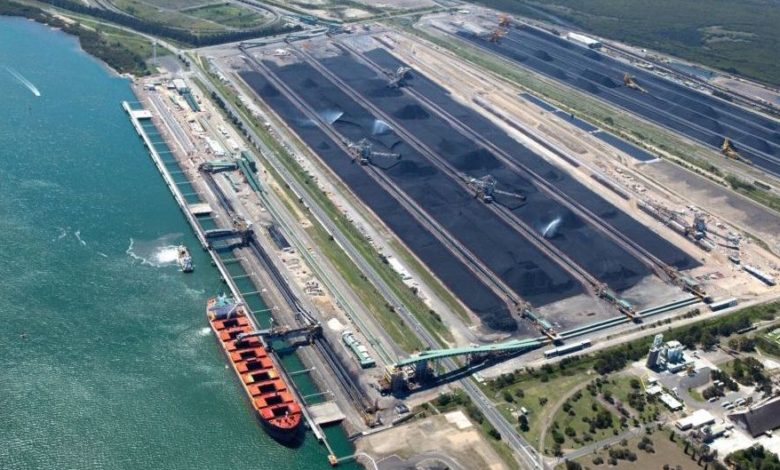Asian coal trading map transforms in wake of China’s ongoing ban of Australian products

The Chinese ban on coal imports from Australia has shaken up coal trades in the east, a new report from shipowning organisation BIMCO highlights.
In the absence of Australian coal exports to China, other exporters have been scrambling to fulfil China’s coal demand. As a result, some countries are lacking their usual coal imports, a gap which Australia on the other hand is trying to fill.
For the first time in many years, South Africa started exporting coal to China in December 2020. Since then, exports have averaged 760,000 tonnes a month, about a sixth of total South African coal exports in that period. On the other hand, exports to India and Pakistan, which together took almost 70% of South African seaborne coal exports in 2020, have slumped. Exports to the two countries have fallen by 44.5% in the first two months of the year to 5.6m tonnes.
Indonesian exporters have also increased focus on China. The country’s exports to China have risen significantly while exports to the rest of the world have fallen, in particular to India. The drop in Indian imports from South Africa and Indonesia has been compensated for by Australia.
“Shipowners have been fast to react to the changes in the coal trade, as importers and exporters have scrambled to find new buyers and new sources,” said Peter Sand, BIMCO’s chief shipping analyst. “In addition to South Africa and Indonesia, countries such as Russia and Mongolia are set to benefit from the Australian coal ban in China.”
In terms of tonne mile demand, the changes almost cancel each other out. Looking at China in isolation, the average sailing distance so far this year for a cargo from Indonesia is about half that of a cargo coming from Australia, while coal from South Africa sails 1.5 times longer.
Imports from Russia provide a tonne mile boost compared to Australia if they come from the Baltic of Black Seas. However, the vast majority of Russian seaborne coal exports to China are shipped from East Russia, lowering tonne mile demand. Any increase in imports from Mongolia is also bad news for shipping as they are all imported by land.
When looking at distances covered by Indian coal imports, distances sailed increase by respectively 1.9 or 1.5 times when Indonesia or South Africa replace Australian coal. Japanese and South Korean imports both see higher tonne miles generated by imports from South Africa compared to Australia, while tonne miles fall if the imports instead come from Indonesia.
“Seaborne coal has traditionally had the lowest average haul of the major dry bulk trades, and the changes currently happening are unlikely to change that, as some trades are replaced by longer hauls and other by shorter ones. It will be more important to see how demand for Chinese coal imports develops and how tensions between China and Australia unwinds in the future,” said Sand.
Trade ties between Canberra and Beijing have soured over the past year as Australia has led a campaign to seek the origins of coronavirus. China has slapped bans on many Australian products.
Inventories of coal in China are low for this time of the year. China’s main economic planning agency met this week to ensure that the country has enough supplies to meet the summer demands when the use of air-conditioning peaks.
“Prices for domestic coal have spiralled, but as imports are restricted by a quota system, inventories at more than a quarter of the country’s utilities can only last for a week’s consumption,” a report from brokers Lorentzen & Stemoco noted yesterday.
The number of bulk carriers still waiting in China to discharge Australian-loaded coal counts 35 vessels this week, down by roughly 50% from its peak in a trade spat that has seen more than 1,500 seafarers caught up, waiting for many months at anchor off the Chinese coastline.
